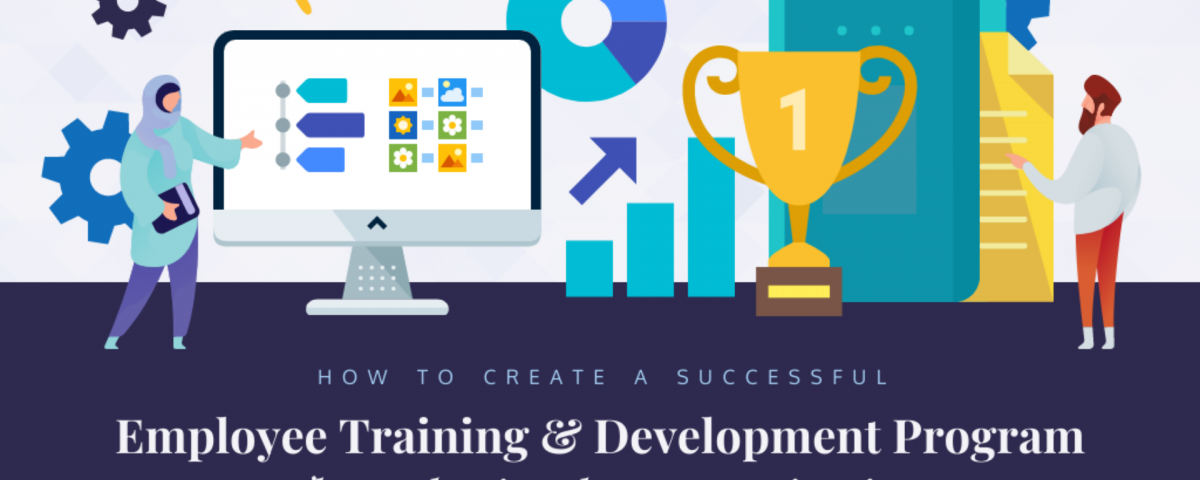- HR Business Partner
- +92 305 2903322
- info@globalhrmservices.com
It is time to choose your practices wisely
This article is set in place to inspire executives to create fundamental changes in corporate culture in order to meet and exceed the challenges of not only today but also what we see as the onset of new advances in the future. The practices mentioned in this article can represent a complete answer to the need for new changes in today’s global market environment.
Since executives are constantly dealing with corporate culture — ’Culture Fit’ is something they pay a great deal of attention to. Of course, this is not new but worth mentioning. A mistake in this area may be vital to the executives must choose their practices wisely. This section of the article addresses these practices.
Prioritize Candidate Experience
Knowledge is a collection of meaningful experiences. The key take-away for executives is that prioritizing candidate experience can enable companies to solve problems and create value through improved performance and it is this point that will narrow the gaps of success and failure leading to more successful decision-making.
Tailor Talent Management Strategy to Business Goals
Executives must determine business goals for the next three years and develop a talent management strategy that focuses on planning the work and technically supporting newly-hired employees to achieve the business goals. A talent management strategy helps companies to achieve their business goals that reflect excellence and some kind of higher-order effectiveness.
This is where executives can attempt to achieve business goals—stemming from a talent management strategy across pivotal areas of the company.
Educate the Hiring Manager
Hiring managers can more effectively become familiar with employee recruitment practices through education. Education is more active, broad, flexible, experimental, synthetic, and strategic compared to training. Why is this, you may ask? Because education is a process that leads to acquiring new insights and knowledge, and potentially to correct sub-optimal or ineffective actions and behaviors that cause companies to spiral out of control.
Enhance Training Efficiency
As executive trainers, I agree with Jennifer Rowley who suggests training courses as an effective way to share knowledge. Most importantly, applying knowledge aimed at providing better decision- making and work-related practices and creating new knowledge through innovation. Knowledge has to be measured in some way, many trainers talk about return-on-investment of training which is hard to measure, training satisfaction measurement by participants and their desire to apply it to the workplace is an excellent barometer of learning new skills or building upon old ones. The key point in the training is the knowledge use coupled with testing and re-testing to ensure that the knowledge is actually helping companies grow both professionally for employees and profitably for all stakeholders.

Meet the Need for Innovative Services
How can executives meet the need for innovative services? The answer to this question lies in an executive’s demonstration to motivate employees to approach organizational problems in a more novel approach. In doing this, executives can inspire employees to rethink problems and challenge their current personal attitudes and values. Most importantly, executives can transform companies by attempting to change the basic values, beliefs, and attitudes of employees so that they are willing to perform beyond their previous or original level specified by the company in their job description.
Be More Flexible
Flexibility in the workplace may enable companies to improve departmental and managerial interactions and develop relationships among managers, business units, and departments. Through flexibility in the workplace, executives can shift the power of decision-making to the lower levels and inspire newly-hired employees to create new ideas and implement them, which can in turn propel interdepartmental communications and improve knowledge exchange.




